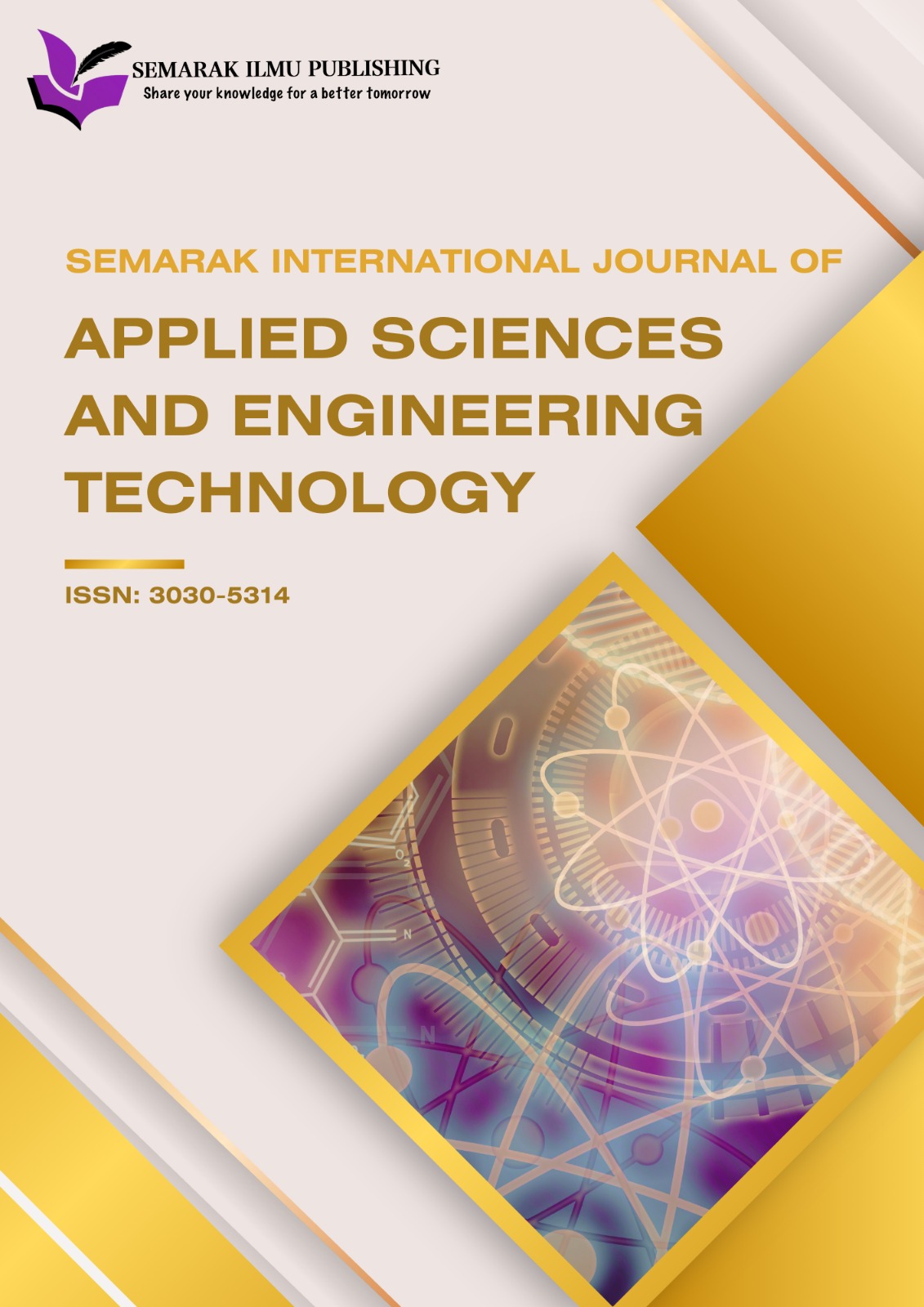Nutrient Removal Evaluation of Advanced Anaerobic-Anoxic-Oxic (AAO) in Sewage Treatment
DOI:
https://doi.org/10.37934/sijaset.6.1.1729Keywords:
Advanced AAO, nutrient removal, biological phosphorus removalAbstract
Nutrient pollution from untreated or inadequately treated sewage remains a critical environmental issue, which contributes to eutrophication and the degradation of aquatic ecosystems. In Malaysia, the removal of phosphorus and nitrogen is particularly challenging due to reliance on conventional treatment methods. This study presented a performance evaluation of an advanced Anaerobic-Anoxic-Oxic (AAO) reactor implemented full-scale Sewage Treatment Plant (STP) in Kuala Lumpur which is the first of its kind technology in the country. The reactor operated at an average capacity of 170 Million Liters per Day (MLD) and was assessed over 26 weeks under actual sewage loading conditions. The reactor was integrated with a pre-anoxic zone for improved denitrification and it utilizes biological nutrient removal (BNR) mechanisms without chemical additives for nutrient removal. Results demonstrated high removal efficiencies: 96.7% for Biological Oxygen Demand (BOD5), 94.0% for Chemical Oxygen Demand (COD), 83.9% for Ammoniacal Nitrogen (AMN), 64.2% for Total Nitrogen (TN) and 86.7% for Total Phosphorus (TP). The treated effluent consistently complied with discharge limits, with average concentrations of 2.8 mg/L BOD5, 15.4 mg/L COD, 1.7 mg/L AMN, 6.5 mg/L TN and 0.5 mg/L TP. These findings confirm the advanced AAO reactor’s robustness in handling variable influent loads while maintaining effluent quality within regulatory discharge standards. This study also fills a critical knowledge gap by providing empirical data on full-scale BNR performance in Malaysia.The results support the advanced AAO reactor as a scalable and environmentally sustainable alternative to conventional treatment offering a practical pathway for future STP upgrades and compliance with emerging nutrient discharge regulations.










